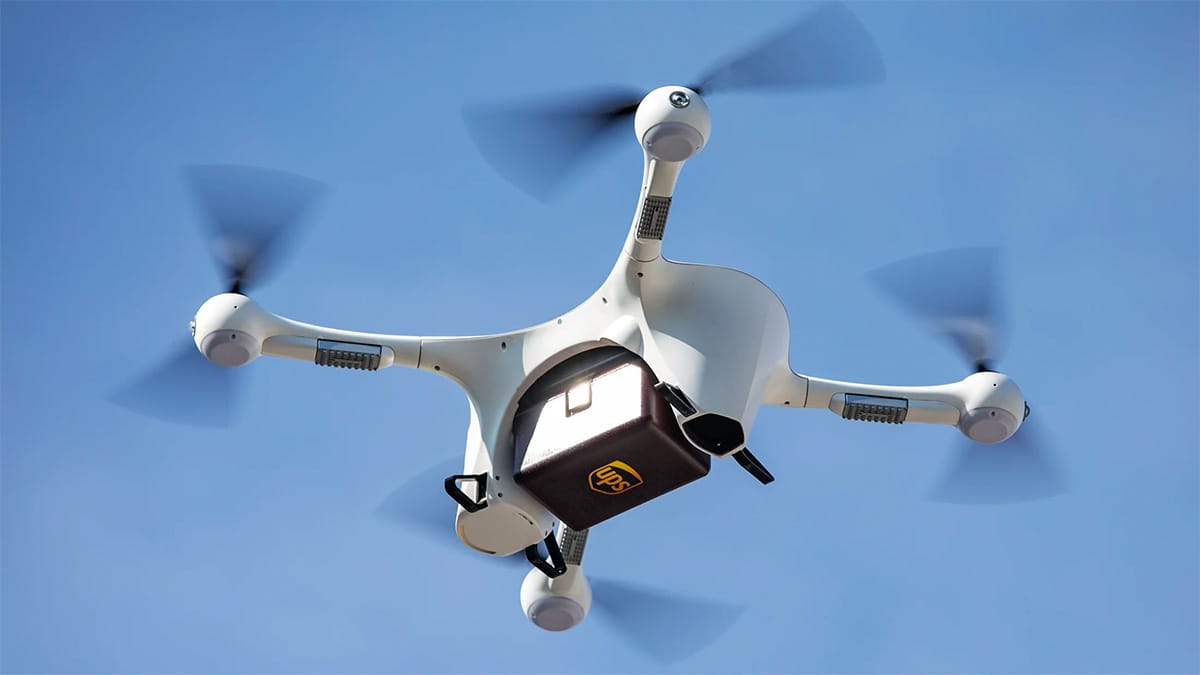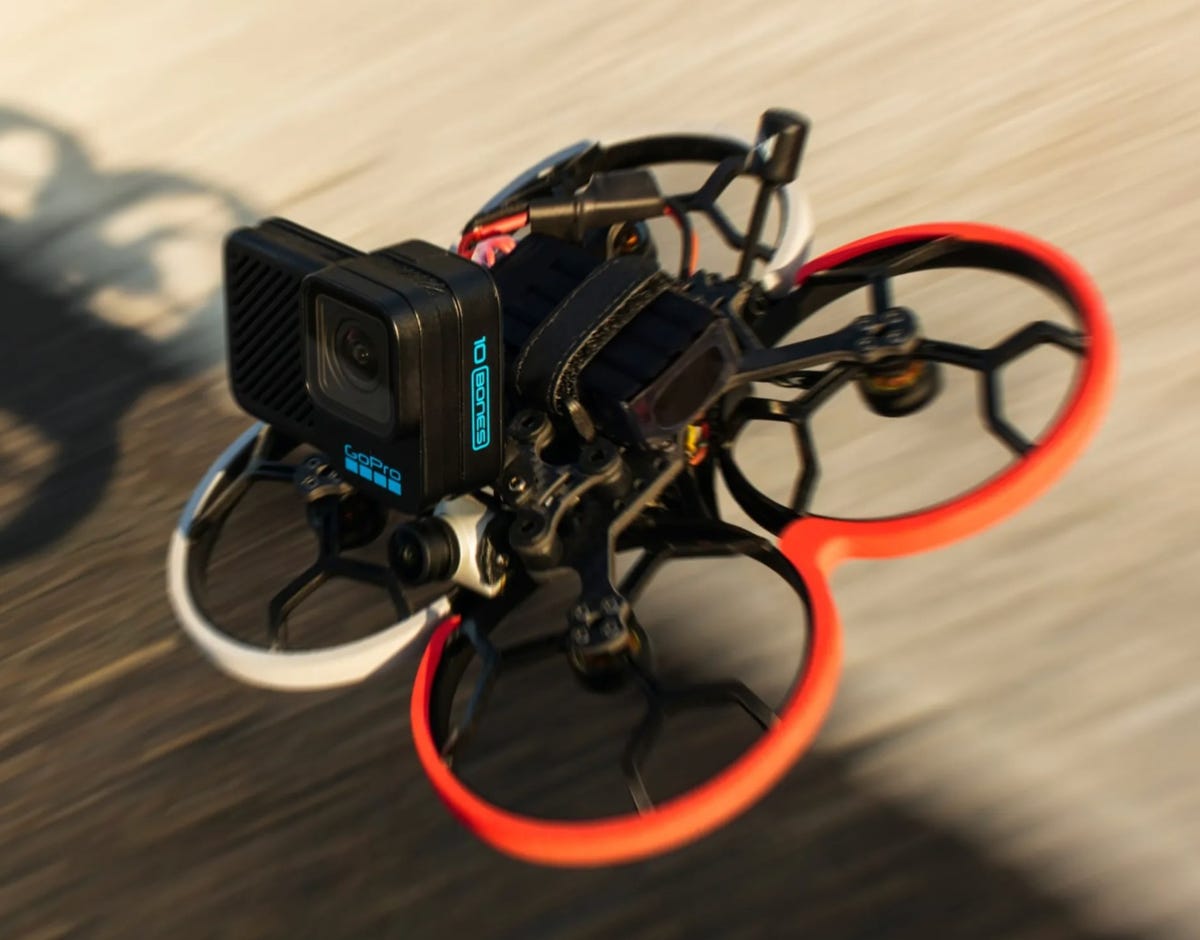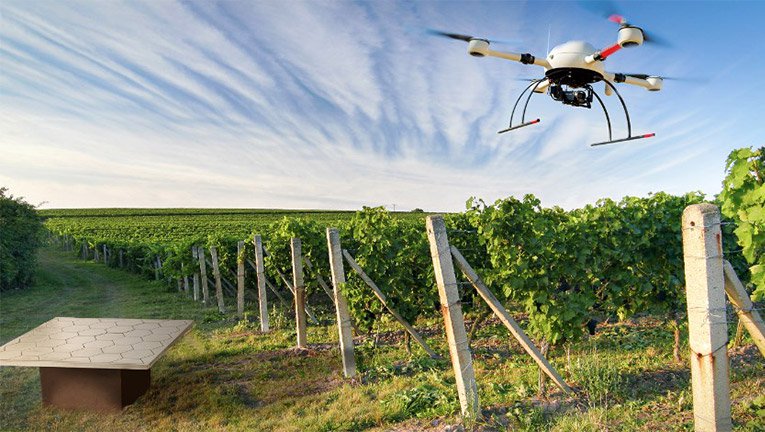
You've reached the right place if your goal is to find reliable and simple-to-use UAV Software solutions. This article will cover the various options, including cost, export restrictions, and Open-source architecture. In addition, we will talk about how to get maximum value from your UAV software solution. Let's find out which UAV software solution is right for you. Find out the pros and cons for each option, and then choose the one that suits your needs best.
Open-source architecture
Blender is a free 3D modeling software that you can use to create architecture. Blender is a free and open-source software program that includes the entire 3D pipeline from modeling to animation, compositing, and more. It can even be used to edit video and create 2D animations. Its user-friendly interface and add-ons extend its functionality. It can be used both for educational and commercial purposes.
Open-source software for architecture is free, and it is available to all who have the necessary skills and qualifications. It is free to download the latest versions of the program, which is why it is continually evolving. This way, anyone with a computer can use it, and its quality keeps improving. However, open-source architecture software is not for everyone, so it's important to find a solution that's right for you.
Low-cost options
There are a few affordable options for UAV software. Agisoft, which is the first, is capable to create digital elevation models and point clouds. It is recommended that you take time to become familiar with the features of the software before purchasing. Agisoft uses a subscription model unlike most other software: one computer per user and an annual fixed subscription.

An open-source solution offers the lowest cost option. A commercial UAV uses high-precision GPS devices and Real-Time Kinematics(RTK) to determine their position. However, an open-source solution is more cost-effective. By using an open-source solution, you can begin building your drone without spending a lot. You can also use AgiSoft PhotoScan Pro, a proprietary solution.
High-end solutions come at a high price
Although there are many companies that offer UAV software solutions of high quality, their prices can vary greatly. Some companies charge monthly fees, others pay a subscription fee. For a monthly fee, you can use software from companies like Skycatch and Dronomy. Raptor Maps has Harvest Monitor for agriculture monitoring. North Carolina-based Precision Hawk offers an extensive UAV mapping solution. This includes tools to analyze crop health, volumetric measurements, as well as other functions.
Export restrictions on uav software
Under the International Traffic in Arms Regulations, (ITAR), UAS can only be exported. These are items that have a military purpose or whose production and development is regulated under the ITAR. These items are classified for national safety purposes, but are not normally subject to export restrictions. ITAR-controlled items are restricted in export. They cannot usually be exported to non US nationals.
The Arms Export Control Act (AECA) places severe export restrictions on UAV software and hardware. The United States is a signatory of the Missile Technology Control Regime, which prohibits export of WMD technology. UAVs can be classified as either cruise missiles or nuke-capable rockets by the US State Department. However, there are other ways to circumvent this problem. For example, open-source software can be exported to non US countries.

FAQ
Can I fly my drone indoors?
Yes, you can fly your drone indoors. It is important to make sure there are no hazards or obstacles in your home. You should not fly near windows, doors or heating vents.
Do I need any special training to fly drones?
No, you don't need special training to fly your drone. You will only need a remote control unit, and some knowledge about flight mechanics.
Which US states allow drones?
You can legally operate a drone for hobby purposes. The Federal Aviation Administration (FAA), established guidelines that allow individuals to fly small unmanned aircraft systems. These UASs have to be registered with FAA before they are allowed to fly. If certain conditions are met, the FAA allows commercial operators to fly these UASs.
Can I fly my drone through my neighborhood?
Yes! These are known as UAVs (unmanned air vehicles). There are many options for drones, from small quadcopters to larger fixed-wing aircraft. The FAA recently updated its rules regarding commercial UAV use. You can now legally fly them to business purposes. It is important to remember that UAVs are not allowed near airports.
Statistics
- According to industry research from ZipRecruiter , there are 10 cities where the typical salary for a Drone Pilot job is above the national average. (dronesgator.com)
- With the top 10% making over $100/h and the bottom 10% making as low as $10/h. (dronesgator.com)
- According to the multiple listing service (MLS), houses and apartments with drone photographs are up to 68 percent more likely to sell than those without pictures. (thedroneu.com)
External Links
How To
How to Fly Drones at a Beginning Level
A drone is an unmanned aerial vehicle that can be remotely controlled and used for surveillance, aerial photography, film production, research, and other hobby purposes. Drones have been in use since World War II. DJI's Phantom series of quadcopters was the first to be commercially used. From beginner-friendly drones such as Parrot AR Drone 2.0 through professional-grade multirotor craft like DJI Mavic Pro, many types have been available.
You can fly a drone in many different ways, including:
-
Remote control - This allows you to control the drone from your hand. There are two types of controllers available: joysticks and on/off switches.
-
Manual Control – This method lets users remotely control the drone by using a smartphone app. Follow the instructions of the app to track the exact location you want the drone go.
-
Autonomous Flight – This is when the drone handles all the piloting tasks. The drone is able to fly autonomously, without the need for human intervention. To enable autonomous flight, the drone should have a built in camera and sensors capable recording images and data.
-
Triggered Flight – This method is very similar to manual flight. The pilot creates a route that the drone will follow until it reaches the destination. Once the programmed route is completed, the drone lands automatically and returns back to the base.
-
Landing Gear: Some drones have landing gear that allows them safely to land in case they lose power or run low on battery.
-
Goggles - Some pilots wear goggles to protect themselves from debris while operating.
-
Camera – Some drones have cameras, which allow you to take photos or videos from up high.
-
Obstacles – Some drones have obstacle avoidance systems that stop them from colliding with obstacles.
-
Speed - Some drones can reach speeds of over 40 mph.
-
Battery Life – Most drones will last 20 minutes to three hours depending on how powerful they are.
-
Range - Some drones can travel upto 30 miles depending on their models.
-
Power source - Some drones require an external power source; others work off internal batteries.
-
Weight - Some drones are lighter than others, while some models can weigh as much as 4 pounds.
-
Size - Drones can range in size from tiny devices that can fit in your palm to heavy crafts that weigh 50 pounds.
-
Price – All drones fall into a price category. These range from expensive models that cost thousands to affordable options that start at 100 dollars.